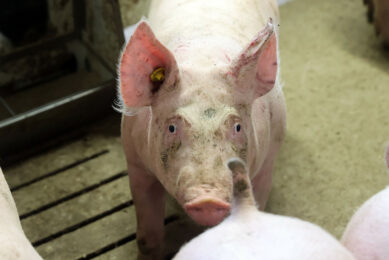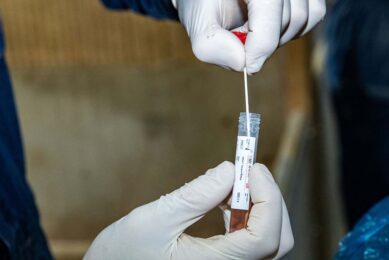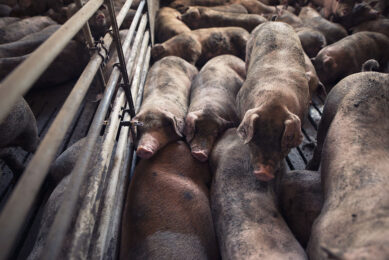Two US children contract swine-origin influenza A H3N2
Two US children have contracted febrile respiratory illness caused by swine-origin influenza A (H3N2).
The American Centers for Disease Control reported this in the end of last week. The children, a boy from Indiana and a girl from Pennsylvania, were both under five years old, contracted disease in July and August and have recovered completely. The virus was identified on August 19 and 26.
Agricultural fair
The girl was reported to have visited an agricultural fair where she had direct exposure to swine and other animals.
The boy’s caretaker reported direct contact with asymptomatic swine in the weeks before the illness. This last example may show that the new variety can jump between humans.
No epidemiologic link between the two cases has been identified, and although investigations are ongoing, no additional confirmed human infections with this virus have been detected.
Swine-origin influenza A
These viruses are similar to eight other swine-origin influenza A (H3N2) viruses identified from previous human infections over the past two years, but are unique in that one of the eight gene segments (matrix [M] gene) is from the 2009 influenza A (H1N1) virus.
The acquisition of the M gene in these two swine-origin influenza A (H3N2) viruses indicates that they are ‘reassortants’ because they contain genes of the swine-origin influenza A (H3N2) virus circulating in North American pigs since 1998 and the 2009 influenza A (H1N1) virus that might have been transmitted to pigs from humans during the 2009 H1N1 pandemic.
Occurrence
Influenza A viruses are endemic in many animal species, including humans, swine, and wild birds, and sporadic cases of transmission of influenza A viruses between humans and animals do occur, including human infections with avian-origin influenza A viruses (that is, H5N1 and H7N7) and swine-origin influenza A viruses (that is, H1N1, H1N2, and H3N2).
CDC said that they receive about three to five reports a year of human infections with swine-origin influenza viruses. The recent increase in reporting might be, in part, a result of increased influenza testing capabilities in public health laboratories that allows for identification of human and swine-origin influenza viruses, but genetic changes in swine influenza viruses and other factors also might be contributing to this increase.
Related website:
• Centers for Disease Control











